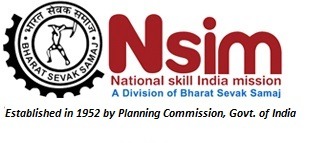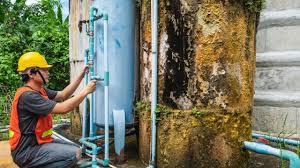Stories you may like
Phlebotomist
If you’re looking for a phlebotomist, you’re not alone. The need for these medical technicians is extremely high and will only increase in the foreseeable future, with a projected growth rate of 22 percent for the profession.
So how do you attract these hard-to-find, sought-after professionals? First, you’ll need to know what you’re looking for, especially since licensing requirements vary from state to state. Whether certification is required or optional, you can begin by looking for candidates who have earned accreditation through organizations, such as the American Society for Clinical Pathology (ASCP) or the National Healthcareer Association (NHA).
To be effective, your job description should paint a clear picture of your workplace and the daily phlebotomist job requirements candidates can expect. For more ideas about what to include in your phlebotomist job description, consider browsing through the current job openings in the field or consult a professional association such as the American Society for Clinical Laboratory Science (ASCLS), which represents the concerns of phlebotomists and other health and lab technicians.
Phlebotomist Job Responsibilities:
- Serves patients by identifying the best method for retrieving blood samples and other specimens, preparing specimens for laboratory testing, and performing screening procedures.
- Verifies test requisitions by comparing information with nursing station log and bringing discrepancies to the attention of unit personnel.
- Verifies patient identification and explains sampling procedures to patients.
- Obtains blood specimens by performing venipunctures and finger sticks.
- Maintains specimen integrity by using aseptic technique, following department procedures, and observing isolation procedures.
- Collects therapeutic drug-monitoring assays by collaborating with nursing personnel to ensure appropriate drug dose to collection time.
- Tracks collected specimens by initialing, dating, and noting times of collection and maintaining daily tallies of collections performed.
- Monitors glucose levels by performing bedside glucose tests, recording results, and reporting results to unit nurse-manager.
- Performs bleeding-times tests by entering results to the computer and notifying pathologist of results falling outside normal ranges.
- Maintains quality results by following department procedures and testing schedule, recording results in the quality-control log, and identifying and reporting needed changes.
- Maintains safe, secure, and healthy work environment by following standards and procedures and complying with legal regulations.
- Resolves unusual test orders by contacting the physician, pathologist, nursing station, or reference laboratory, referring unresolved orders back to the originator for further clarification, and notifying supervisor of unresolved orders.
- Updates job knowledge by participating in educational opportunities, reading professional publications, and participating in professional organizations.
- Serves and protects the hospital or healthcare facility community by adhering to professional standards, institutional policies and procedures, federal, state, and local requirements, and Joint Commission on Accreditation of Healthcare Organizations (JCAHO).
- Reassures patients who are nervous about sampling procedures and applies dressings to wounds created by blood draws.
- Updates patient records.
- Maintains an organized and clean workspace.
[Work Hours & Benefits] In this section of your phlebotomist job description, you want to sell the position the way your opening paragraph sold your workplace. By using a salary tool that allows you to input job title and location, you can provide a competitive, appropriate phlebotomist job salary range for your area. This is also a good place to mention the benefits you’ll be offering, such as low- or no-deductible medical benefits, 401(k), and opportunities for professional development.
Phlebotomist Skills and Qualifications:
- Adept at venipuncture, phlebotomy, and finger sticks
- Excellent verbal and written communication and documentation skills
- Familiarity with electronic medical records (EMR)
- Interpersonal skills and compassion
- Analyzing information, critical thinking, and problem solving
- Knowledge of infection control procedures
- Bedside manner
- Attention to detail
- Procedural and organizational skills
- Quality focus
- Basic computer skills
Education, Experience, & Licensing Requirements:
- High school diploma
- Phlebotomist certification
- First aid certification
- Prior experience as a phlebotomist technician a plus
Phlebotomy Technician Requirements:
- A certification in clinical phlebotomy or Pathology, or a related subject.
- 100 or more hours' experience in blood collections.
- Knowledge of proper handling techniques and disposal policies.
- Excellent interpersonal and communication skills to calm anxious patients.
- The ability to work in a fast-paced environment.
- Strong attention to detail, organizational skills, and good handwriting skills.
- Perform venipunctures or capillary sticks with proper technique and precision.
- Select the best vein and appropriate equipment for each patient.
- Accurately label all vials with the correct patient information immediately after collection.
- Handle samples properly to maintain sample integrity and prepare them for transport to the lab.
- Document the blood draw accurately in the patient's record.
- Record details such as the volume of blood drawn, the date, and other relevant findings.
- Identify patients correctly and verify their information.
- Explain the procedure to the patient and answer any questions to help them relax.
- Monitor patients for any adverse reactions during the procedure.
- Adhere strictly to infection control and sanitation standards.
- Ensure all equipment is sterile and the work area is clean and organized.






User's Comments
No comments there.